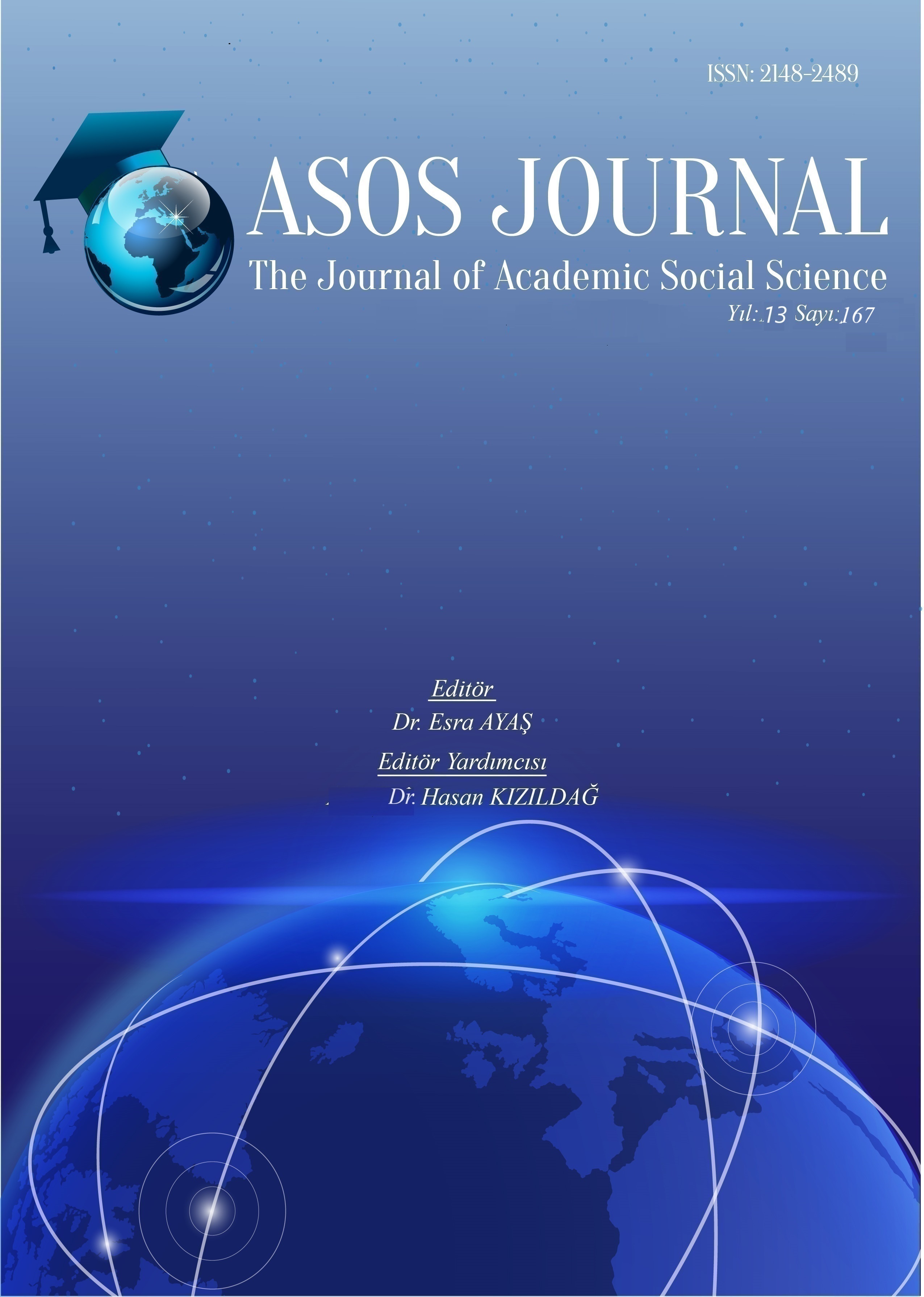Author :
Abstract
Osmanlı Devleti’nde 16. yüzyılın ikinci yarısında başlayan eşkıyalık olaylarının temel nedeni, toplumda ortaya çıkan bir takım sosyal ve ekonomik değişimlerdir. Öncelikle suhteler tarafından başlatılan bu olaylar, daha sonra tımarları ellerinden alınan sipahilerin, levendlerin, sarıca ve sekban adı verilen ücretli askerlerin katılımıyla daha da büyümüş ve 17. yüzyılda Celali İsyanları’na dönüşmüştür. Coğrafî konumu sebebiyle bu türden eşkıyalık olaylarının en çok görüldüğü yerlerden biri Canik sancağıdır. Çalışmada, Canik sancağında meydana gelen eşkıyalık olayları, mühimme defterlerine göre anlatılacaktır. Kayıtlar, kronolojik bir şekilde ve temasına göre değerlendirilmeye çalışılacaktır. Bu bağlamda, belgelere en çok konu olan ve 16. yüzyılın sonlarına kadar devam eden suhte olayları kapsamlı bir şekilde değerlendirilecektir. Ardından 18. yüzyılın başına kadar olan süreçte, diğer eşkıya gruplarının çıkardıkları olaylara yer verilecektir. Bölgenin ticaret yolu güzergâhı üzerinde olması, yol kesen eşkıyalığının ortaya çıkmasına yol açmıştır. Yine bölgede kendir yetiştirilmesi ise, kendir tahsili bahanesiyle kargaşa çıkaran diğer eşkıya gruplarının doğmasına sebep olmuştur. Canik sancağını uzun bir süre meşgul eden bu eşkıyalık olayları, sancak halkını da perişan etmiştir.
Keywords
Abstract
The main reason for banditry events that started in the second half of century 16th century in the Ottoman Empire was a number of social and economic changes that emerged in society. These events, which were started primarily by the suhtes (madrasah students), later grew larger with the participation of the sipahis, whose timars were taken from them, levends and the mercenary soldiers called sarıca and sekban and turned into the Jelali Revolts in the 17th century. Because of its geographical location, Canik Sanjak is one of the places where this type of banditry events are most common. In this study, the banditry events that took place in the Canik Sanjak will be explained according to the muhimme registers. The records will be evaluated in a chronological manner and according to their themes. In this context, the suhte events, which are the most documented and continued until the end of the 16th century, will be evaluated comprehensively. Then, in the period until the beginning of the 18th century, the events caused by other bandit groups will be included. The fact that the region was on a trade route led to the emergence of highway banditry. The cultivation of hessian in the region also led to the emergence of other bandit groups that created chaos under the pretext of hessian collection. These banditry events, which occupied the Canik Sanjak for a long time, also devastated the people of the Sanjak.





